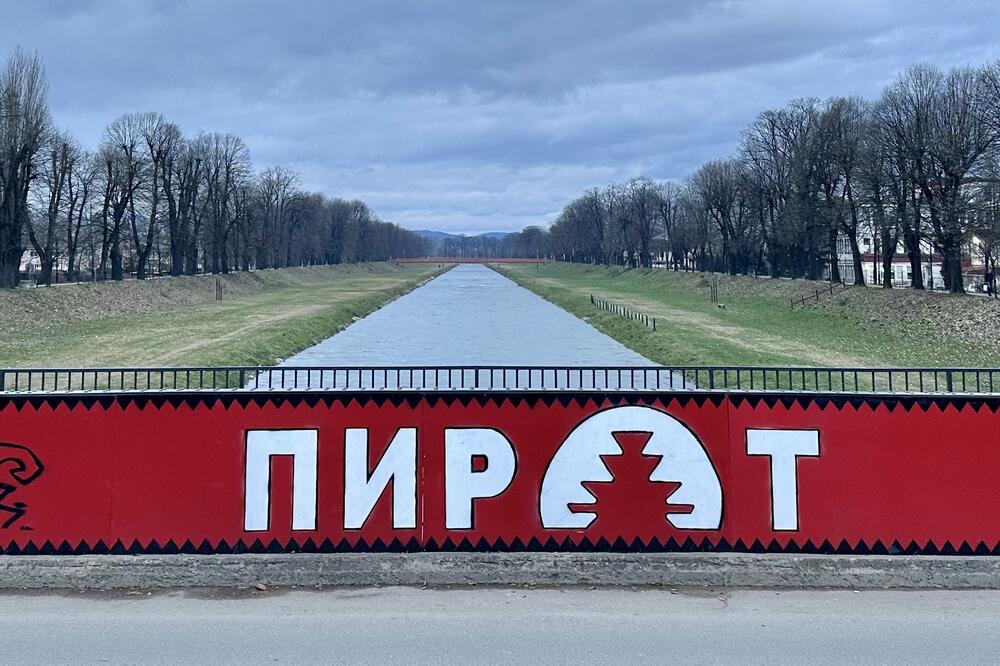This weekend I felt it was time to go to Pirot. The drive from Leskovac was shortened by the construction of the highway. On Saturday morning, there is hardly anyone on that route. In vain I craned my neck out of the car window - nowhere was that Sićevačka gorge that I remember as a magnificent but also threatening scenery on the road beyond Niš all the way to Bela Palanka. Traffic progress moved the gorge irrevocably into my memories.
And after one hour and fifteen minutes of driving, we enter Pirot. I wonder if now, in December, I will find that town that I fell in love with one spring.
As soon as we settled in front of the gymnasium building - the landlord Saša gave us some advice about staying in the city - we went out to the main street. Of course, half a century ago, when my companion came here on vacation with her mother from Piroć, it was Titova. Now the street is called Srpskih vladara.
If I compare the condition of the sidewalks and the streets in this town with the condition in other Serbian cities in the south, I notice that there are fewer blocked drains, potholes, and cars blocking the passage. It seems to me that the courtyards of buildings and gardens are more organized.
I'm already on the main square in front of the former Pirot Hotel, which, of course, has a different name after privatization. A sculpture catches my eye.
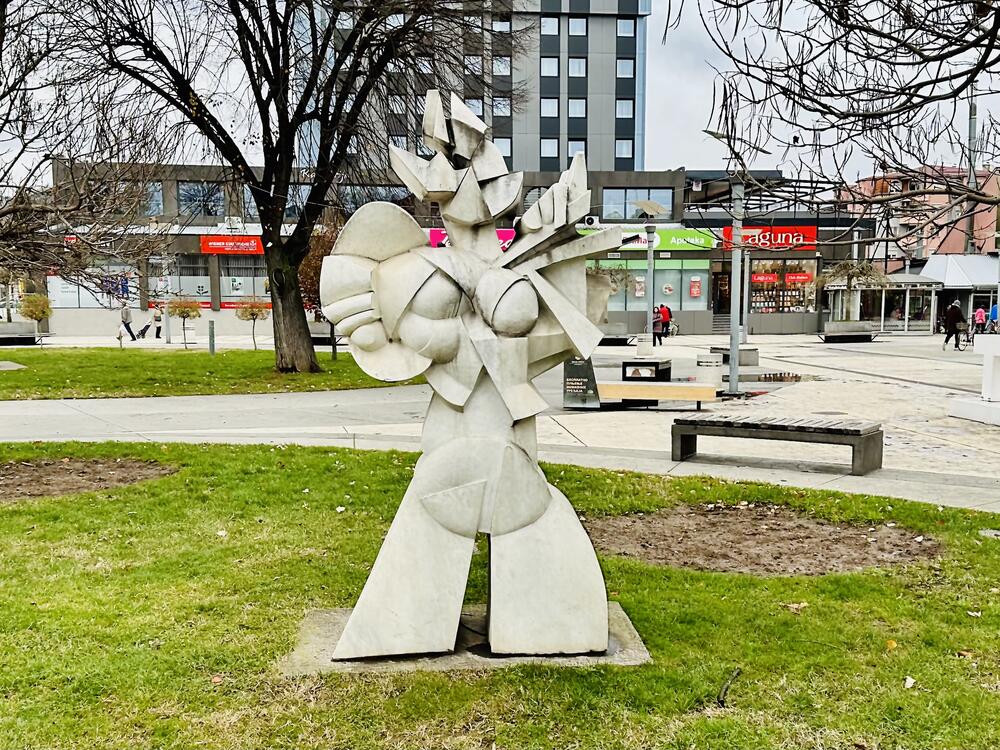
On the stone in front of the sculpture is written: "Woman and Music". Year 1975. The sculptor is French Dominik Labovi. Nice name for a sculpture. The artist from Strasbourg is 75 years old today, and he created this pyrotechnic sculpture when he was twenty-seven. He has a nice international career behind him. On the banks of the Seine in Paris, his sculpture Horizons Suspendus on the quay became an identity point in the 19th arrondissement. Now I'm mentally surveying that artistic arc from Nišava to the Seine. It's time to visit an important place. The Church of the Nativity of Christ, which is also called the Old Church, was built in 1834. Like all churches under Ottoman rule, it was not allowed to exceed the height of the mosques, so it is buried in the ground - you go down a few steps. The church is important to me because my companion was baptized in it in the early sixties. In this way, Pirot moved into my life story a long time ago.
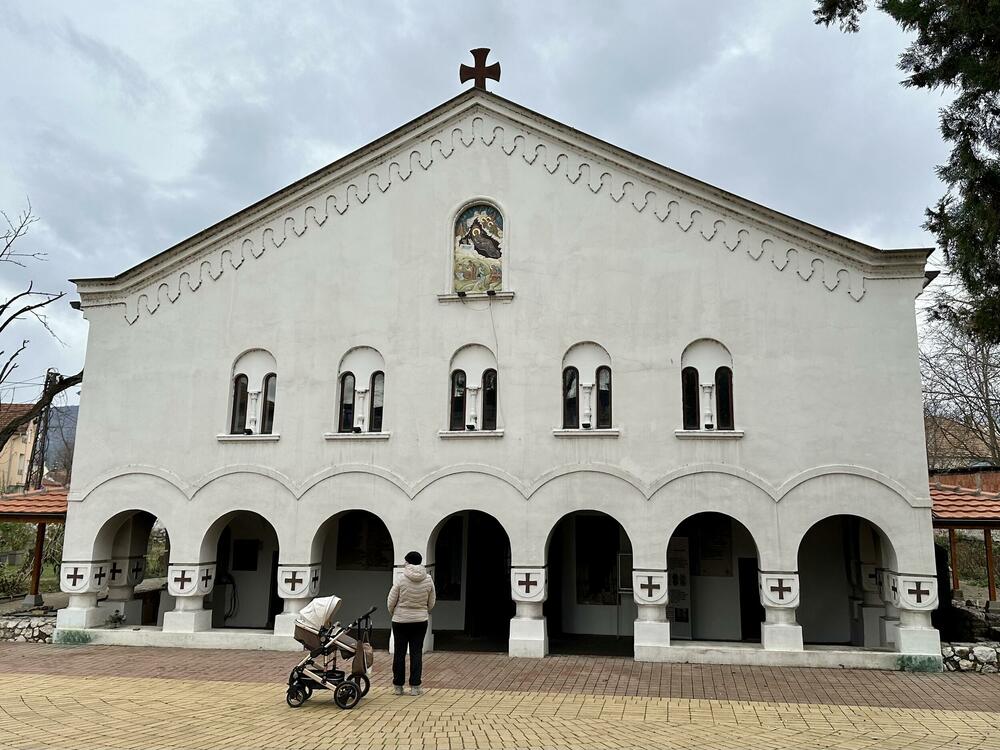
Right behind the church is the Kutak cafe. Last time we sat in the beautiful garden, this time we are drinking coffee inside. I am happy for every place like this that has survived pandemics and crises. It restores faith in the ability of beautiful things to last.
The market again
Let's not hesitate - the next destination is the Pirot market. We cross Nišava via the Great Bridge, we reach the fountain, behind which one of the most winter markets in Serbia stretches in the shape of a triangle. We decided to look for what is the Pirot brand - ironed sausage. On the Internet, a store is marked at number 29. It is a store of pyrotechnic goods. We wait patiently for some guy to choose firecrackers and then we ask the saleswoman - if it's not a mistake, this shop is marked as a place where you can get real ironed sausages. The seller answers with a smile that her father makes the "iron" but that it has not been ironed yet this season. It will be in ten days. This is Serbia - you can buy a kilo of firecrackers and a kilo of sausages in the same shop.
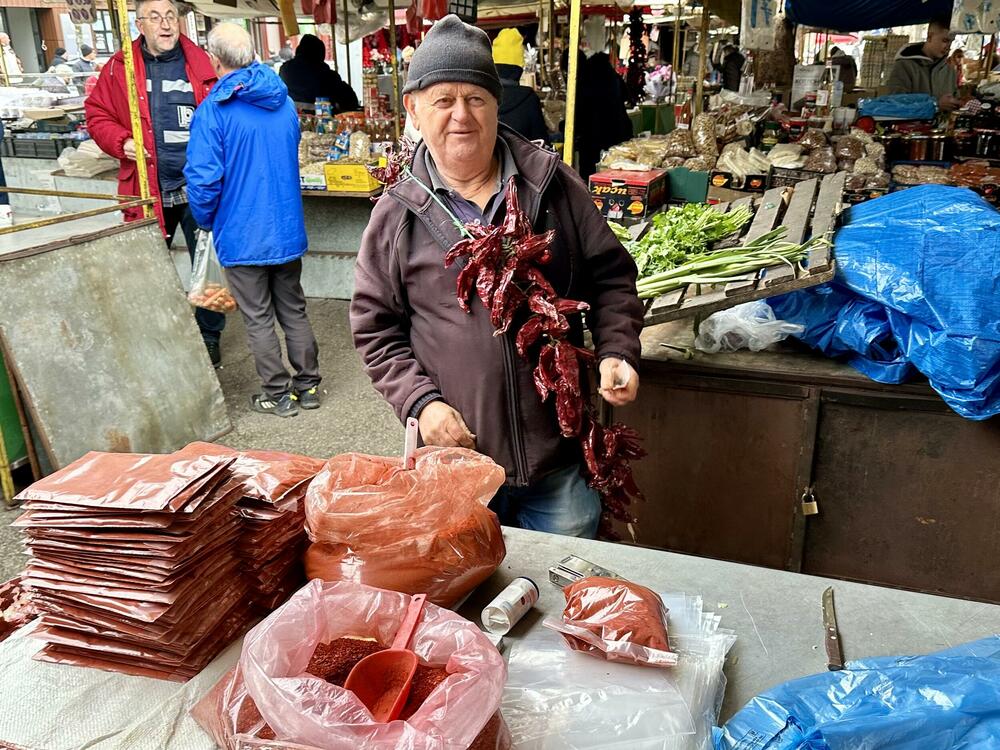
We wander among the stalls, entering shops with Pirot cheese. The marketing gifted pepper seller puts his wreath around his neck. It seems to work, because we shop right at his stall.
Near Mali Rista
There is also a Pirot house in this area, which almost every fan of domestic films knows, without even setting foot in Pirot. It is about the Ponišavlja Museum. The museum gates are closed. Just when we think we're in bad luck, a group of men come out of the nearby tavern "Ladna voda" - named after the fountain in front of it. One of them took a key out of his pocket and let the people through the gate. He is not the curator, the Museum is not open on Saturday afternoons, nor on Sundays. We will have to settle for admiration from the outside.
I am actually standing in front of the house of the rich Pirot merchant Hrista Jovanović. They say that it was built for two years and completed in April 1848. The owner was short, so they called him Mali Rista.
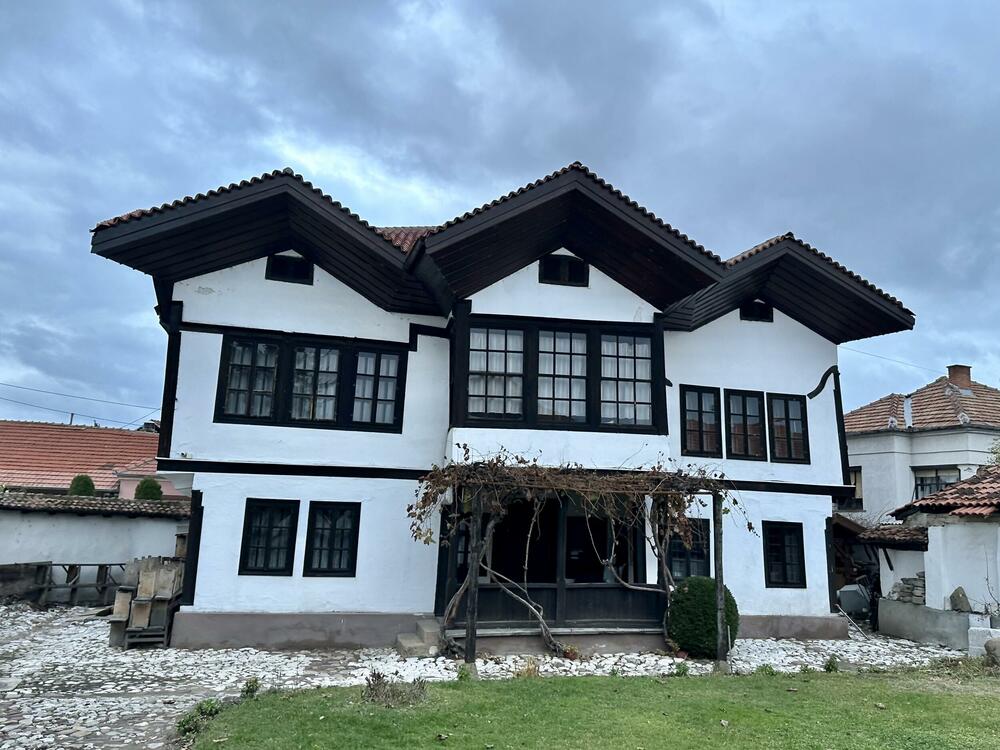
The man who led us into the courtyard recounts an anecdote according to which Rista led both Turks and Christians into a room on the first floor with a low door, so everyone bowed to him upon entering. The Balkan oriental style is embodied here in a luxurious way. The movie "Zona Zamfirova" was filmed in the house, and a good number of scenes from "Ivkov Slava" were filmed in the yard. This brought the Museum of Ponišavlja the best possible advertisement, and the nearby tavern the status of a cult meeting place for filmmakers.
I'm sorry that this time we won't be able to see the wood carvings on the doors, the Pirot carpets, and that we won't be able to go up the creaky wooden stairs. We have a reason to return here at the first opportunity. The man locks the gate behind us, we are back in the 21st century.
Pirot Bohemians
After such an adventure, it's time to go for a drink. I had already marked the Boem Tavern as a place worth a stop. And she is on the other coast. We walk again until we reach an unsightly entrance in the middle of a dilapidated mall. You enter the tavern through a wall of tables behind which the conversation stops for a moment to look at the newcomers. If a man knows how to shake off other people's drunken looks, he will be rewarded with a quiet table in another room.
We agree with the waiter about drinks - I don't like anything on the menu. In the end, it turns out that they have an excellent brandy that is not on the menu. In addition, sheep's cheese and thinly sliced iron sausage. The tavern is also the famous producer of this sausage, which it packs in "Bohemian horseshoes".
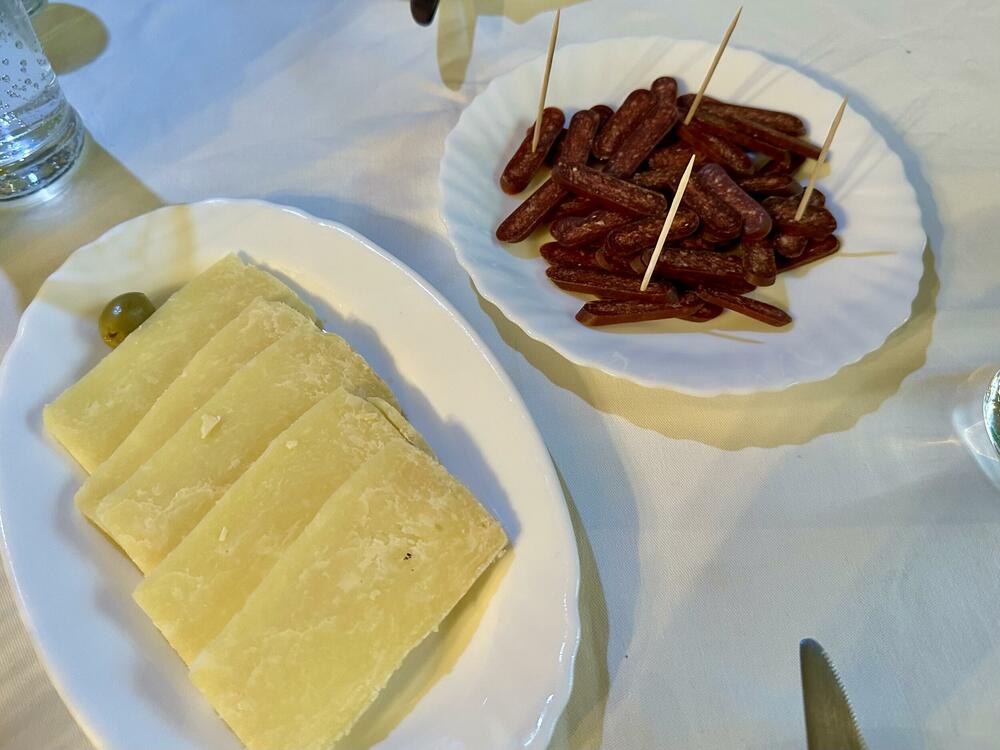
For those who have never tried "peglana", it should be said that it exists in a number of variants. Several types of meat - beef, sheep, goat, even donkey and horse, but never pork - are chopped and mixed using a special process, some hot peppers are added to the mixture. The meat is really ironed with bottles and dried exclusively in the wind. The pressing out of moisture by ironing and the winds of the Stara Planina do their work. What comes to the plate has a unique taste. The palate rejoices in an unusual harmony.
It is a sin to put anything else in the mouth with the "iron". Its smell dominates the nostrils even after the taste has been washed down with homemade brandy or a good Pirot white wine. And then comes the taste of sheep's cheese - as unique as the taste of ironed sausage. That it crumbles on the tongue is equal to the world's best cheeses. Maybe it's better.
Fake news ages ago
After the tavern, we take a leisurely walk towards the medieval fortress of Pirot. It was built during the reign of Prince Lazar, so before the Battle of Kosovo. During the wars with the Turks, it passed from hand to hand, and finally became an Ottoman fortress after the fall of the Serbian despotism.
We climb up to Gornji grad and take a look at Pirot. The fortress is now beautifully decorated. Although it is officially called Kale, it is popularly known as Momčil's town. Duke Momčilo was actually an angry Bulgarian hajduk from the Rhodope Mountains, who changed sides several times during the Byzantine civil war in the 14th century, then defected to Emperor Dušan. It is no wonder that he left his mark in the folklore of Bulgarians and Serbs. Although it is not historically established that he built the Pirot fortress, some sources say that he formed an army of 2000 Bulgarians and Serbs in Pirot on Dušan's order.
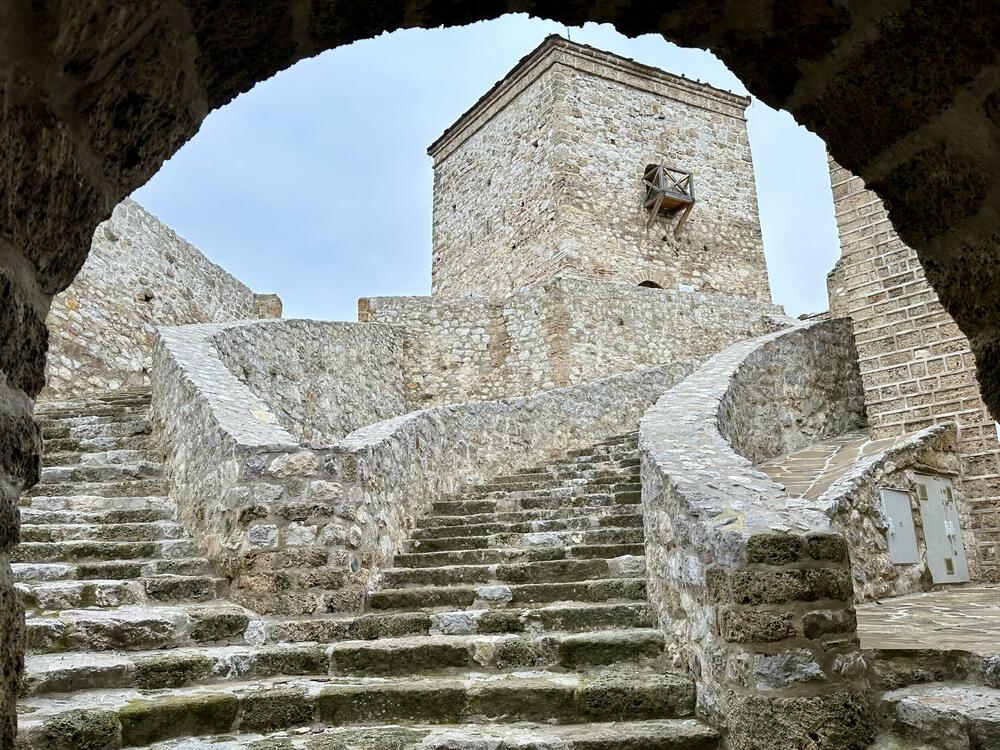
The Serbian folk song "The Marriage of King Vukašin" gives Momčil a martyr's death - he is a victim of adulterous betrayal. The folk epic remembers him as a great hero: "In Momčila, a saber with eyes; fear no one but God". The poem places Momčil's town in Durmitor, where Vukašin sends a letter to Momčil's love - Pirlitor according to Durmitor. And that is within reach of Žabljak. If we add to all this that in the Rhodope region in Bulgaria, one guard - mostly inhabited by Turks - is called Momchilgrad, then the confusion is complete. The latest archaeological research shows that the Pirot fortress was built in the second half of the 14th century, and Momčilo died in 1345. But who cares about that?
Flaming wings apple
Going down the stone steps to the foot of the fortress, I think about the fluid boundaries between historical fiction, facts, misinterpreted chronicles, legends. How much fake news travels through unreliable records through time to us? It has always been more important for people to believe in what they believe than dry facts.
At the foot of the fortress, I stand in front of the monument to the most famous horse of Serbian epic poems - Jabučil. The folk song destined him for a sad fate. The wings of the winged horse were burned by Momčil's unfaithful love Vidosava.
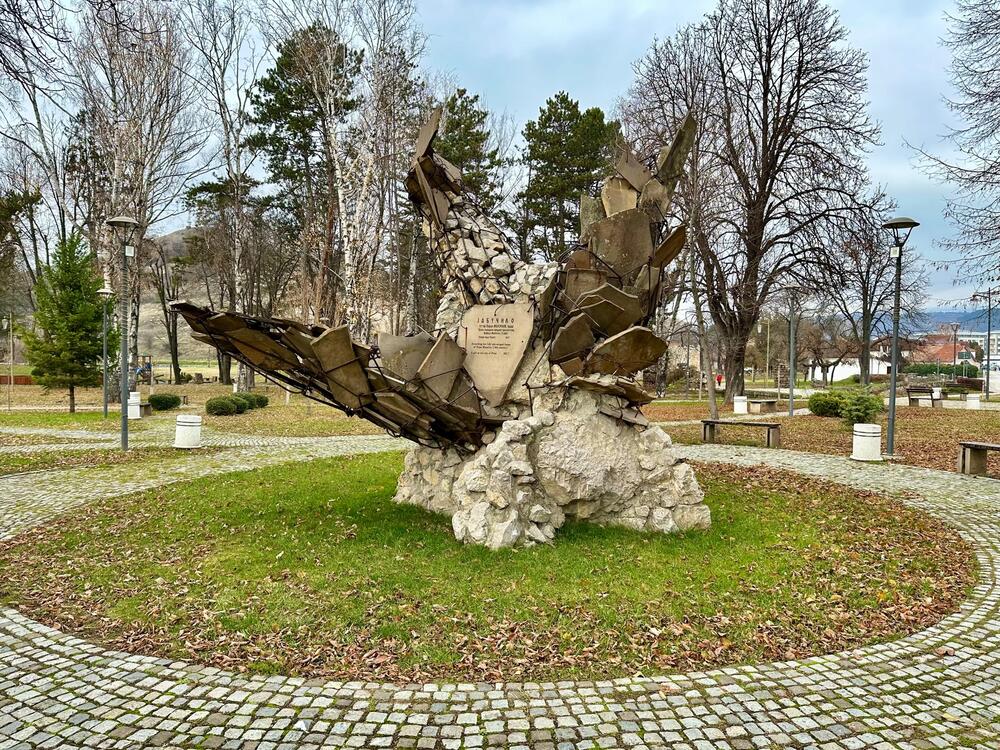
I am trying to connect an interesting monument with Jabučila from my imagination. As a boy, I imagined him differently. But the brokenness of the monumental artefact that Zoran Mojsilov gave to the city of Pirot corresponds to the inner brokenness of Jabučilo, who tries in vain to fly: "My lord, duke Momčilo, neither curse me nor force me, today I can't fly to you..."
Ducatis and softies
After resting in the apartment, we go for a walk again, this time our goal is the cafe "Dukat". We thought we might not go to exactly the same restaurant as last time. But how else would we feel the passage of time, how would we compare then and now? The time before the pandemic seems like a long-gone era. "Dukat" is still praised by everyone as the best restaurant in town. And the competition is great.
I didn't recognize the interior - memories are unreliable and fragmentary - but the palate recognized the food. I won't go into details, but whoever hasn't tried a burger made of lamb meat and - dried stuffed peppers, doesn't know what Serbian culinary top is.
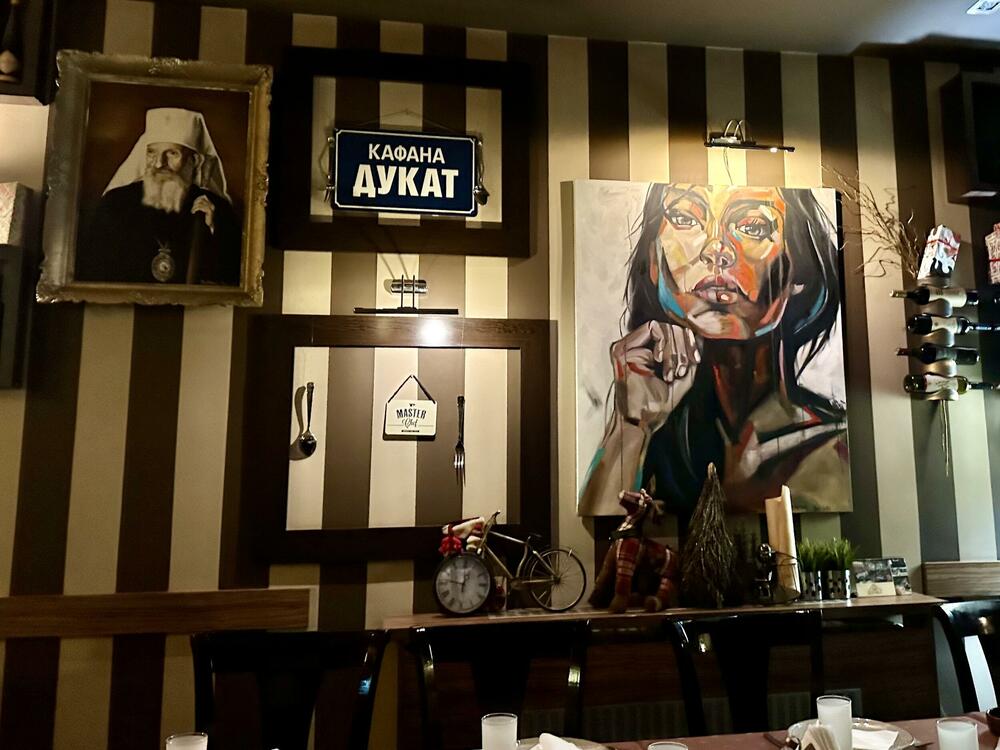
Many things wear out and break down over time. This pub just got better.
Before I rested, my head was filled with numerous pyrotic images. Stout Momčilo enters Mali Rista and has to bow his head. Somewhere on the slopes of Stara planina, someone's hands are ironing sausages. At an even higher altitude, sheep graze on grass that turns into milk, and milk into cheese. Jabučil grows wings and he, saddled with a rug with a Pirot pattern, flies like a drone over Pirot, along one shore, then the other, down the famous Pirot quay. In the morning I realize that I dreamed it all.
In Pirot, for connoisseurs, breakfast is only possible in the form of mekika. We walk across the Great Bridge to the entrance to the market. In the side street, the line stretched. It's like it's for nothing. The story is called "Smek".
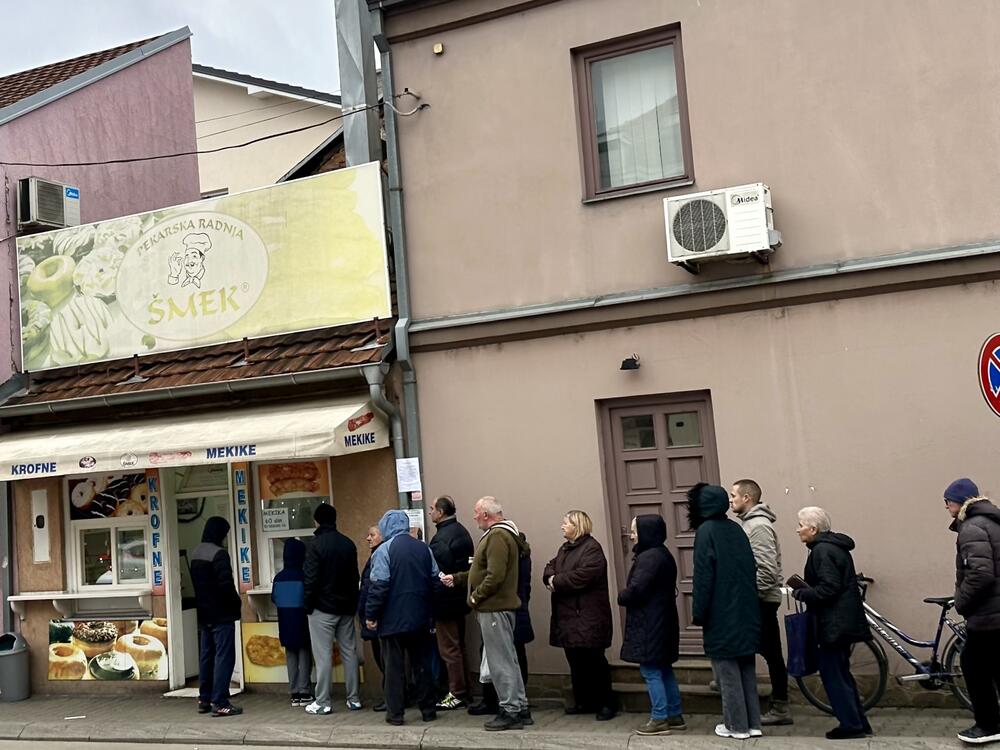
People carry seven or eight mekkis in a bag. My hunger measures the length of the piece and estimates it at half a meter. We are also waiting in line. Sourdough fried in oil smells all over the street. We'll be munching softballs on a bench in front of the Pirot market on that December Sunday morning and I'm pretty sure we're close to bliss.
Goodbye, bunny
It's time to say goodbye to Pirot. I know that I will come here again - maybe at the end of January, at the Iron Sausage Fair. Since the fair posters from eleven months ago are still hanging on the street lights, I assume they will be replaced soon. We meet again by the park where there are sculptures. This time a stone rabbit caught my eye. Below the sculpture it is written that it was created in 1978. The sculptor was Frenchman Claude Lost, he died in 2010. An art critic wrote about his works that these forms, caressed by light, are brilliant hymns to sculpture and life.
My attention is drawn to additional information carved into the stone below the Rabbit: "The sculpture is part of the art collection of the Prvi May factory in Pirot".
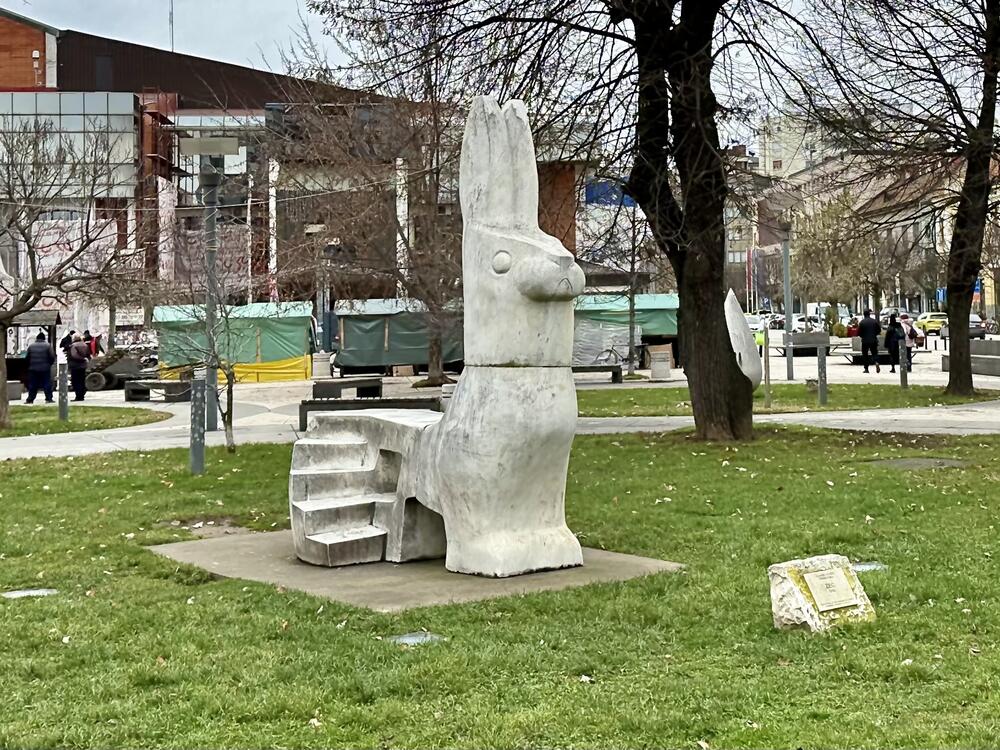
It won't mean anything to the younger ones. But those who grew up in Yugoslavia know that this textile factory was perhaps the closest to the realization of the socialist utopia of the workers' dream factory. Her agony and ruin, in addition to concrete consequences, also had a symbolic meaning.
There is no more factory, no more French sculptor. What remained was the Rabbit, a symbol of the time that slipped away from us, the time when this town was finding a way to host the big world. And to be part of it.
Bonus video:



